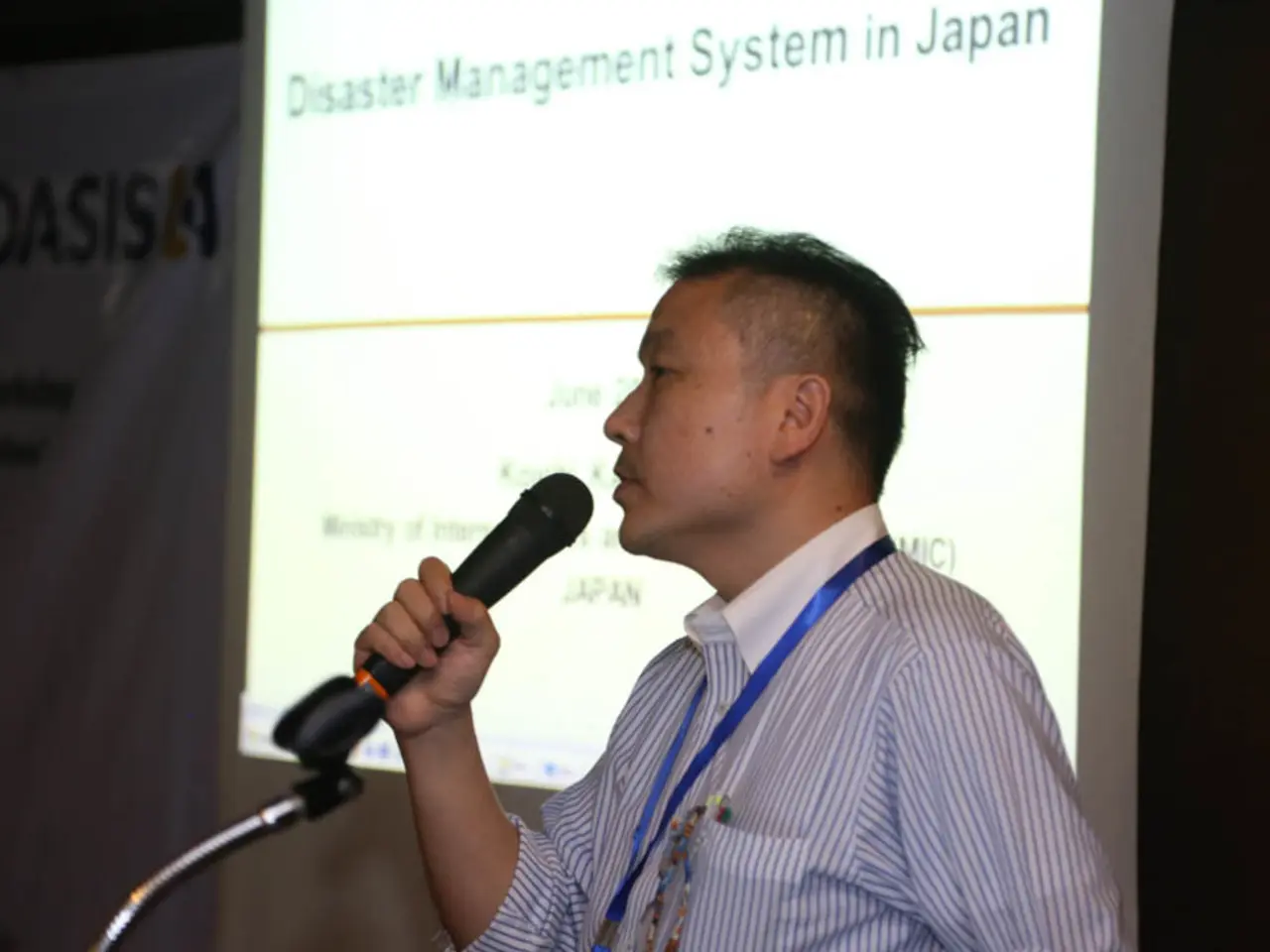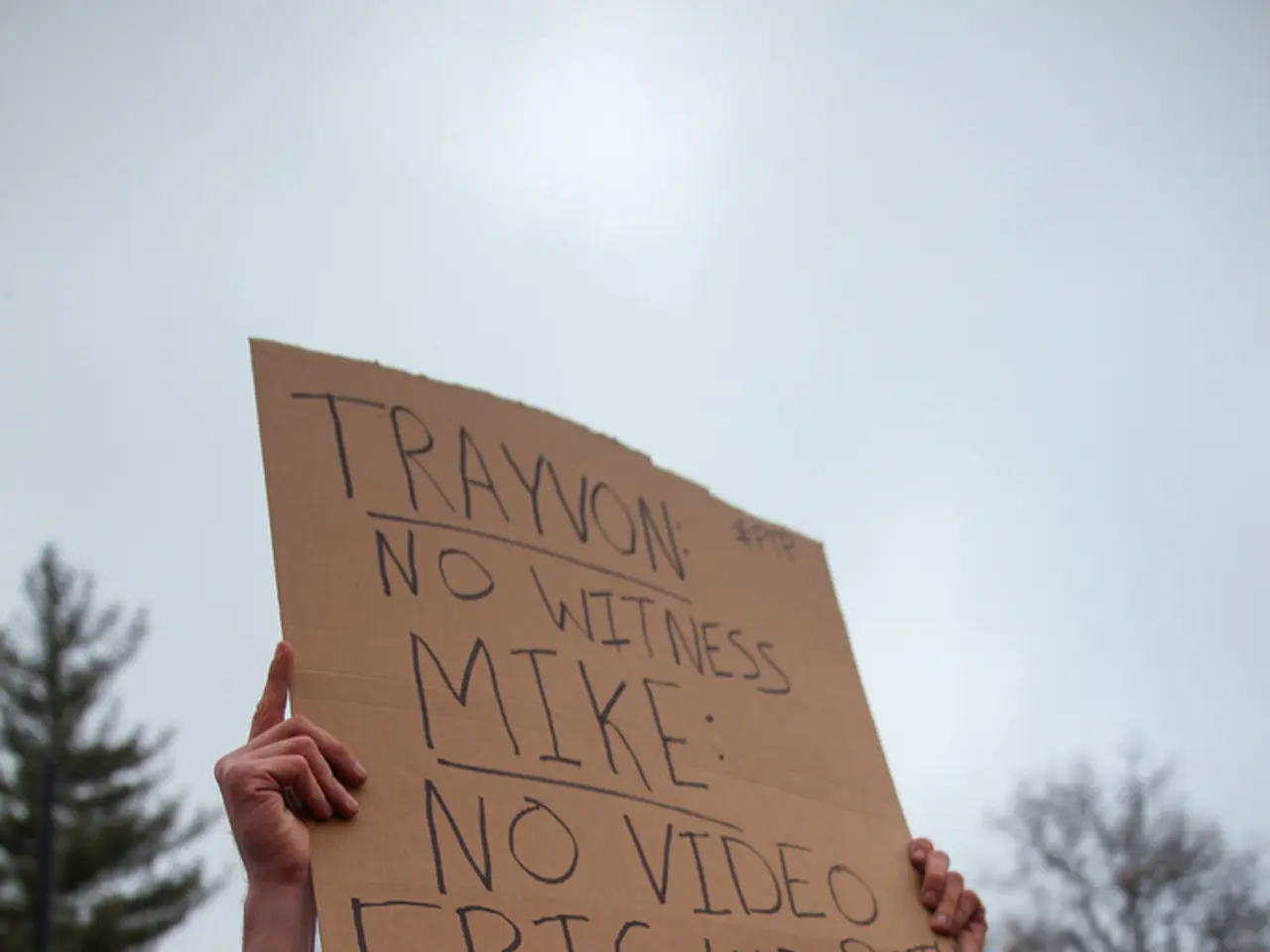Massive 8.8-magnitude earthquake sparks tsunami in Russia's Kamchatka region, causing heightened alert in the United States and Japan.
Headline: Minimal Tsunami Impact on Japan, Alaska, Hawaii, and US West Coast Following 8.8 Magnitude Earthquake Off Russia's Kamchatka Peninsula
The 8.8 magnitude earthquake that struck Russia's Kamchatka Peninsula on July 29–30, 2025, has been reported as the most powerful earthquake recorded since the 2011 Tōhoku event. Despite initial tsunami warnings, the impact on Japan, Alaska, Hawaii, and the US Pacific Coast was minimal, with no significant damage reported in these regions.
The earthquake, a megathrust earthquake, caused moderate damage and multiple injuries in Kamchatka Krai and Sakhalin Oblast, and triggered an eruption of the Klyuchevskaya Sopka volcano nearby. The epicenter was near active volcanoes on Kamchatka and related to the subduction zone associated with the 2011 Fukushima disaster.
Additional geological analysis highlighted potential risks including moderate tsunami activity and secondary hazards like landslides or liquefaction, especially affecting areas such as Hawaii. Initial reports suggested fatalities in the range of 10 to 100 people locally with significant economic losses, though not catastrophic compared to larger urban disasters.
Tsunami expert Philip Liu explained that the magnitude alone does not determine tsunami size; it depends on how the earthquake deforms the sea floor vertically. In this case, the rupture pattern did not create the strong vertical deformation needed to generate a massive tsunami. Ocean measurements recorded wave heights of only 10 to 14 feet, relatively small for such a large quake.
In Japan, the Meteorological Agency issued an advisory for waves of up to 1 meter along its Pacific coast, but no significant damage has been reported so far. The earthquake had a magnitude of 8.8 and struck Russia's Kamchatka Peninsula early Wednesday. Tsunami warnings have been issued for parts of the Kuril Islands and Hokkaido, Japan, but no casualties or major damages have been reported yet in Japan and the Kuril Islands.
The National Tsunami Warning Center issued tsunami warnings for parts of the Aleutian Islands in Alaska, and tsunami watches were issued across the West Coast of the U.S., including California, Oregon, and Washington, as well as Hawaii. The tsunami caused by the earthquake had waves as high as 4 meters, but the impact on the aforementioned regions was minimal.
Former President Donald Trump addressed the nation regarding the tsunami threat, emphasising the importance of preparedness and caution. Experts suggest that Japan may be spared major damage unless secondary waves are triggered. The earthquake occurred at a depth of 19.3 kilometers offshore in the Pacific Ocean near Kamchatka.
The scientists are closely monitoring the aftermath of the earthquake, considering additional risks such as landslides and liquefaction, especially in Hawaii, which shares similar tectonic activities with Kamchatka. On the other hand, sports enthusiasts are focusing on events within the environmental-science domain, as the weather conditions in sports-betting markets could be potentially influenced by the volcanic activity following the earthquake.







